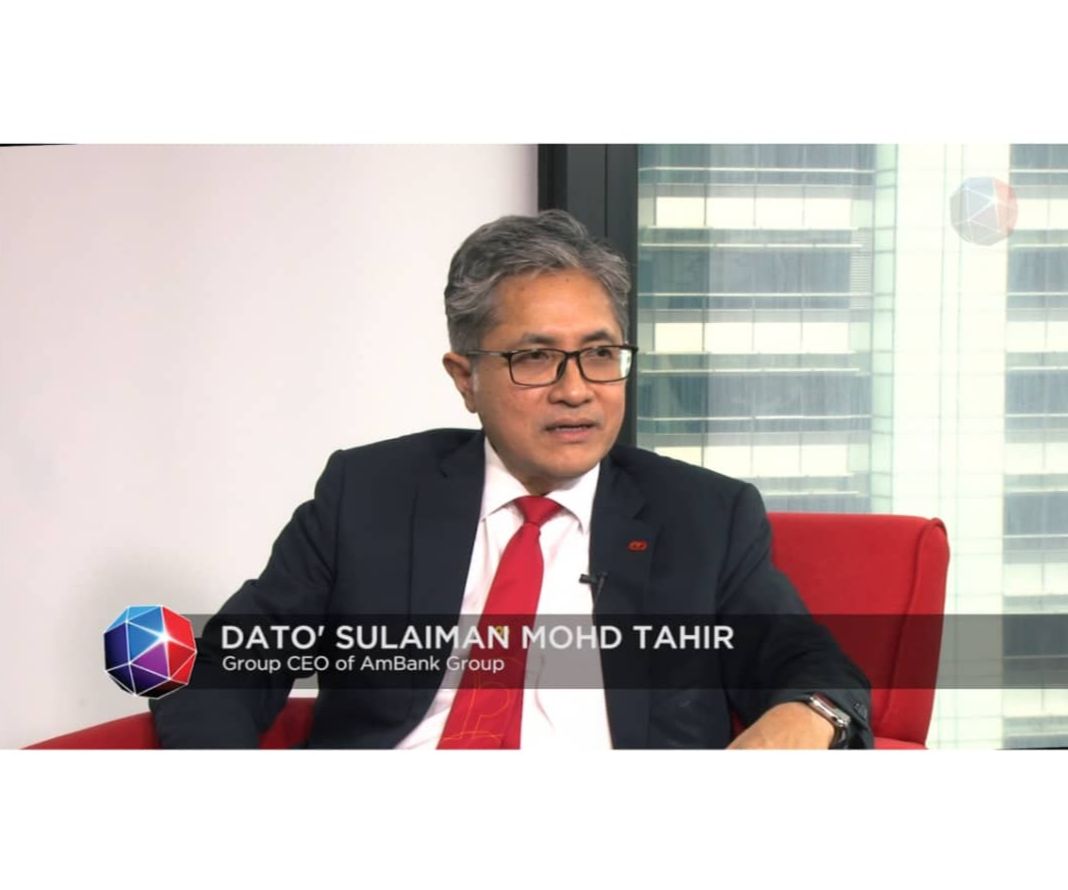Lessons From Malaysian Leaders: The Art of Storytelling

A good story makes you feel something and is universal. They want to grasp your values and your commitment to excellence; be inspired and intrigued. Storytelling is the most powerful way to convey these ideas.
– Mark Truby, Vice President of Communications, Ford Motor Company
In a world that is becoming increasingly automated, it is easy to forget the human side of business in favour of efficiency and convenience. However, the best companies in the world thrive through the stories they share with us. Story telling is an art we all grow up with – one that we engage with and enjoy in some shape or form.
For businesses, these stories are their identity – their purpose for existence and how they ascribe meaning to what they do. Good business story tellers draw us in the way they convey the why and the how of what they do. This is of course, no simple feat as entrepreneurial story telling is both an art – and a precise science.
So, how do brands and businesses tell their story in a robust and effective way?
To gain further insights into how it’s done, Leaderonomics spoke to three leaders of Malaysian tech-based firms who are part of the Global Acceleration and Innovation Network (GAIN) programme developed by the Malaysia Digital Economy Corporation (MDEC).

Chia Yong Wei
Chia Yong Wei, Microlink Solutions
A mere two years after becoming part of the Omesti Group, Chia was made Group CEO of Microlink in April 2016. Additionally, he is also Group Chief Technology Officer of Omesti Group and Chief Operating Officer of Omesti Innovation Lab – a division that develops technology and applications.
As the former Head of Innovation, Commercial & Technology (ICT) and Regional Head of Customer Relationship Management (CRM) at AirAsia, Chia gained a lot of wisdom from another great story teller – AirAsia’s founder and Group CEO – Tony Fernandes. Chia highlighted two main lessons that he is always mindful of now:
“I came from a structured, presentation sort of background from my 11 years at Accenture. With Tony, you realise you are working with a sharp, entrepreneur with strong business acumen so you don’t want to beat around the bush. I learnt quickly to deliver my message succinctly and potently – in three minutes. It’s not an elevator pitch but it needs to be short and strong.”
“Another thing I learnt from him was how to get the attention of others. Tony often starts conversations strong with an idea or a question that draws people in and he is very connected to his own story of where he came from and that’s always been remarkable to me.”
Chia – a charismatic and energetic person himself – also added that these are qualities of great value to him and one that he continues to empower and cultivate in himself.
“There are many leaders out there, I for one want to be charismatic. Not just to grab attention but to convey my message as effectively as possible. It’s important because that’s how we can engage other’s in the story we are telling.”
Microlink is focused on helping their clients understand Big Data and Industry 4.0. Chia shared that as a tech firm in a very technologically advanced era – human interaction skills like story telling are more important than ever.
Adding:
It is important to be able to provide context, or a contrast so that others can grasp these concepts in a meaningful way. Storytelling brings the humanness to all this – through analogies and painting a picture. Be factual, be concise and be careful that your stories are always truthful
In short, Chia says authenticity, charisma and being concise are key components for effective storytelling.

Datuk Azrin
Datuk Azrin bin Mohammad Noor, Sedania Innovator
Datuk Azrin, the founder and managing director of Sedania Innovator Bhd – a technology empowerment company – is no stranger to storytelling having written two books and published four. The first book became an MPH number 1 bestseller, “Non-Conforming”. He shared some of what he learnt through his writing process saying:
An entrepreneur in their rawest state is a salesman. If you are not a salesman, you are not an entrepreneur – you are just making products. Mastering storytelling, fine tuning it as an art – is at the heart of great entrepreneurship. I break my formula into two parts: the content and the audience. Failing to understand both means you cannot reach out. With “Non-Conforming”, I knew I wanted to reach out to the youth so I knew my audience – I now have to shape my content in a way that resonates with this group.
Datuk Azrin who was recently awarded CEO Of The Year – at the Malaysian Top Achiever Awards 2017 – has a great heart for reaching Malaysian youth and offering new ideas to get them thinking differently, and innovatively to thrive in these times. It is a value that underpins both his goals and SEDANIA’s as they reach out and empower. He has this piece of advice for up-and- coming firms who want to hone the art of storytelling:
“First of all, be aware of the importance of being a thinker, of being empathic, intuitive – and actively cultivate this in yourself. If you are not there yet, you need to find someone who is and bring them on board and you must learn from them. Every team benefits from a member who has strong storytelling abilities and a strong mind but, we have to be open and welcome them on board.”

Vishen Lakhiani
Vishen Lakhiani, Mindvalley
Lakhiani is the founder and CEO of Mindvalley, an education technology company – and the author of “The Code of the Extraordinary Mind.”
Lakhiani stresses the importance of telling your start-up story in an honest way that inspires and draws people in. His greatest advice? People need to know your ‘why’.
“If you are heading a start-up, people do not care what you do. They care why you do it. Simon Sinek in his famous TEDtalk, ‘Start With Why’ essential said that people ultimately care about the why of a company or a person rather than what their product is.”
People simply connect more with the why than they do the what but, here is the thing: start-up founders I know who are building great companies – they are not just doing it to sell out. They are driven to solve a problem or address a gap in society. It’s essential to talk about their why – the core of what is driving them.
Lakhiani stated that he was empowered to start Mindvalley to share the benefits and personal growth he gained from meditation, goal-setting and other tools his father shared with him from a young age. And that is his why that he never loses sight of.
He added that start-ups must transcend storytelling and share their truth, their passion and their driver in order to truly reach people and thrive.
“I wanted to get the things that I was learning out there. To be shared with others. When I explain Mindvalley, I talk about what inspired me to do it – the why.”
MDEC was launched in 1996 to pioneer the transformation of Malaysia’s digital economy. With one of its goals to help SMEs overcome their challenges in expansion, GAIN was incepted. To find out more about the programme and its success stories, visit www.mdec.my
More from MDEC: 4 Companies That Are Changing The Game In The Tech Scene
Leadership






